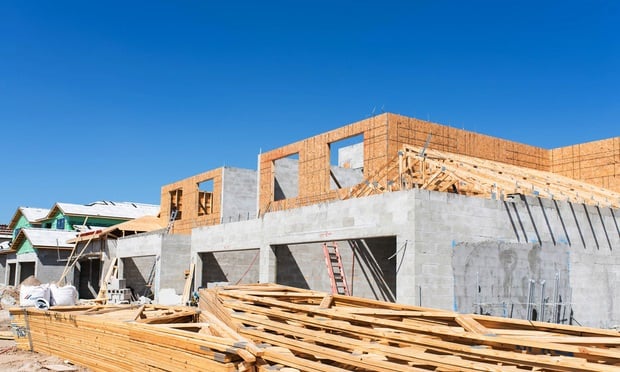Part 1 of 2
LOS ANGELES—“The next big innovation in real estate design is the transformation of space in the office sector.” So says locally based Gary Brennen, co-president of Syska Hennessy Group. GlobeSt.com recently chatted with Brennen on the how developing strategies ahead of time is key when approaching the design of creative office space.
GlobeSt.com: As one of the leading international engineering firms, Syska Hennessey Group is known for finding new ways to advance the practice of engineering design. What do you see as the next big innovation in real estate design?
Gary Brennen: The next big innovation in real estate design is the transformation of space in the office sector. The emergence of new “creative” and “untethered” office space is overtaking developments and new renovations, and is paving the way for an entirely different approach to infrastructures.
From a “built environments” standpoint, this means we are creating technology infrastructure and power platforms that tie to a person, as opposed to a desktop.
We recognize that both work space and floor space per person is shrinking, and that greater attention must be paid to the quality of the overall space. From an engineering perspective, this means designing lighter and brighter spaces, often through the use of better daylighting, as well as integrated dimmable lighting and enhanced indoor air quality.
Developing these strategies ahead of time is key when approaching the design of creative office space. At Syska Hennessey Group, we do this by collaborating with owners and architects in order to generate specific design strategies that meet the needs of the workplace.
This collaboration provides an incredible opportunity to model the impact of these strategies in real time. Through 3D modeling, we are able to view and examine a design's ongoing performance, ultimately demonstrating the space's energy impact and cost over time. This modeling assists us in early decision making and paves the way for better design and operational outcomes.
GlobeSt.com: What is the biggest engineering challenge developers' face today?
Brennen: Today's biggest engineering challenge is centered around energy. Specifically, the rising costs, the increased demand for energy hungry technology, and the environmental consequences of non-energy efficient design all present a tremendous challenge for developers in the current market.
Today, more than ever before, developers must consider the environmental impact that each of their developments may have. Developers should be asking: Will the development conserve energy? Will it reduce costs? Will it reduce carbon impact?
By creating better environments that consume less and cost less, developers will be better equipped to meet the increasing demand for energy-efficient design, and benefit from the positive attention garnered from building energy-efficient structures.
GlobeSt.com: What can current building owners do in terms of upgrades that will have the most substantial impact on their operating costs?
Brennen: Simple lighting upgrades can play an integral role in cost reduction. For instance, we often advise owners to replace lamps with LED lights, and install lighting controls that enable daylight harvesting. By implementing advances in both lighting and lighting controls, owners can substantially reduce energy costs over time, while also creating a better indoor environment for tenants.
However, many building owners are already retrofitting lighting and base mechanical systems in an effort to manage energy, and are seeking a deeper opportunity to conserve energy.
In order to further reduce costs, building owners should take the next step to collaborate with and educate occupants on their behavior, and identify specific opportunities to reduce energy.
For example, we often see that desktop equipment dominates energy consumption in a workspace. Owners can work with occupants to employ the use of plug load management, which will allow for the turndown of idle equipment when not in use.
Stay tuned for part 2 of this Q&A with more on sustainability and LEED designations, what's to come, and how the updated California Energy Code affects new construction.
Continue Reading for Free
Register and gain access to:
- Breaking commercial real estate news and analysis, on-site and via our newsletters and custom alerts
- Educational webcasts, white papers, and ebooks from industry thought leaders
- Critical coverage of the property casualty insurance and financial advisory markets on our other ALM sites, PropertyCasualty360 and ThinkAdvisor
Already have an account? Sign In Now
© 2024 ALM Global, LLC, All Rights Reserved. Request academic re-use from www.copyright.com. All other uses, submit a request to [email protected]. For more information visit Asset & Logo Licensing.








